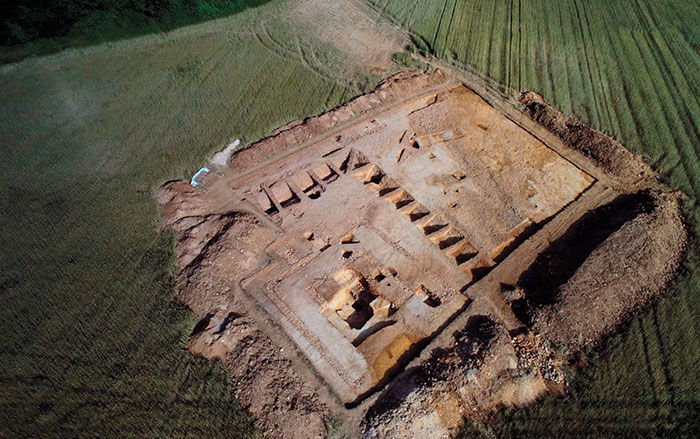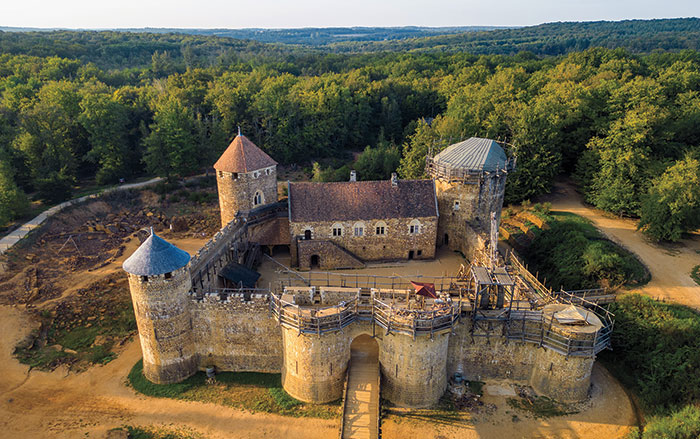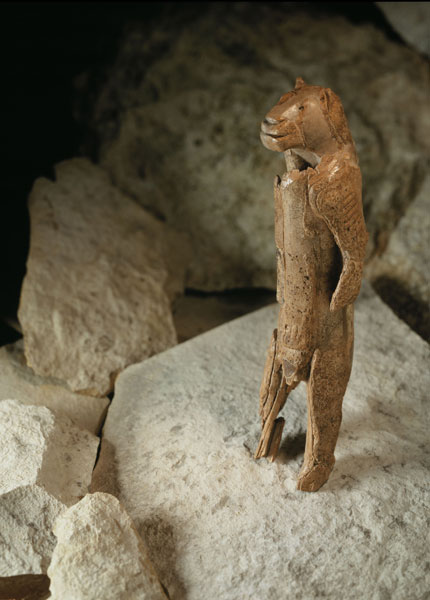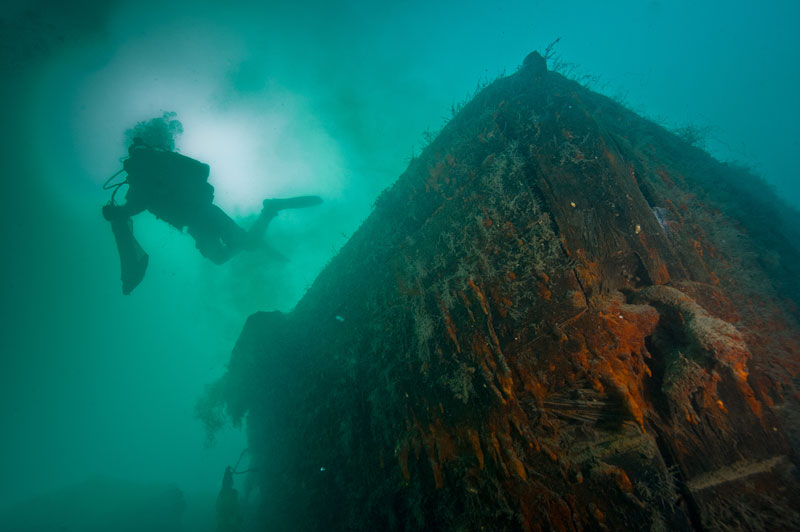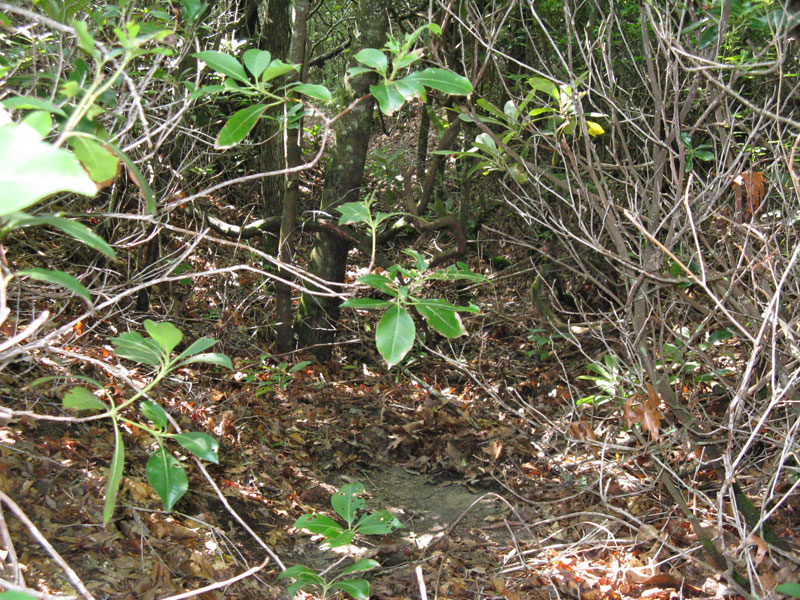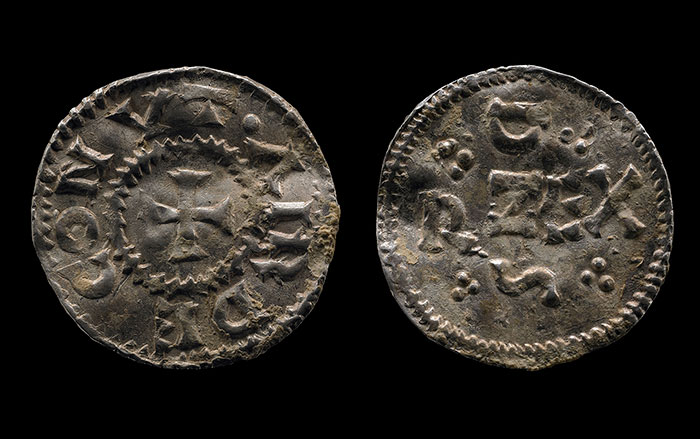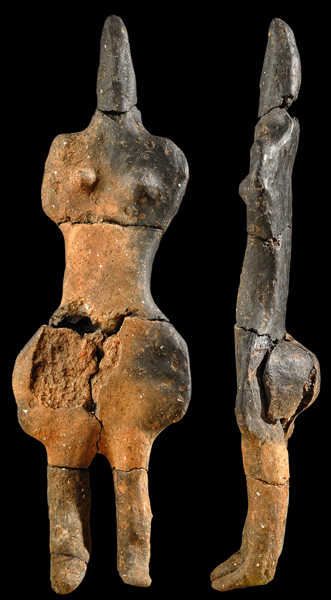
Inside a kiln whose roof had collapsed, archaeologists excavating at the site of Villers-Carbonnel on the banks of the Somme River in northern France, uncovered a rare terracotta female figurine. According to project archaeologist Françoise Bostyn, the discovery is exceptional due to both the completeness and rarity of this type of female representation at Middle Neolithic sites. Bostyn believes that the figurine, which shows evidence of burning, broke into pieces during firing. It is likely that her team was able to recover all the fragments because the object was never removed from the kiln. The figurine, which measures just over eight inches long, was created by the Chassey culture, named for the site where evidence of the culture was originally found. The Chassey culture flourished in central and southern France between 4200 and 3600 b.c. Similar figurines have been found at other Chassey sites. According to Bostyn, the stylistic unity of these female representations probably reflects some sort of shared ideology and can be considered a mark of the cultural identity of the Chassey people.



